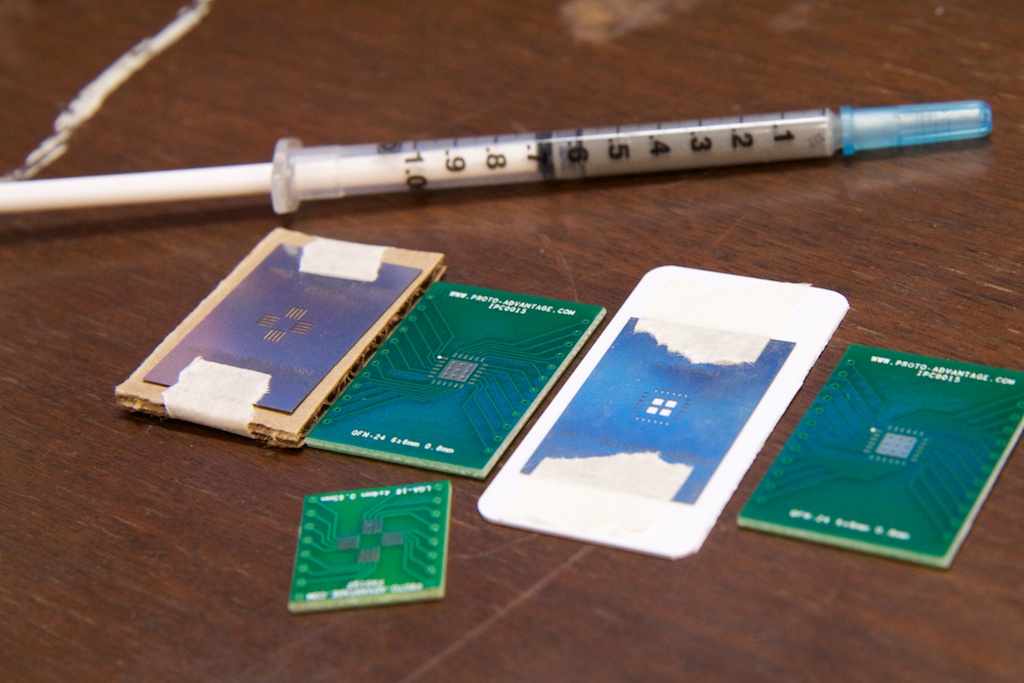I’ve been pondering this current-limiting nonsense all day, and I think I’m overthinking.
The issue is this: If I want to get maximum brightness out of my LEDs, I’m going to want to overdrive them a bit because I can run them at a maximum of33.3% duty cycle (if I have three LEDs lighting up at the same time). LEDs that are rated for 20mA of constant current might be rated for up to 100mA of peak current. Apparently, nobody make a 40+mA constant-current LED driver that runs at 3V. Oh well. Continue reading






